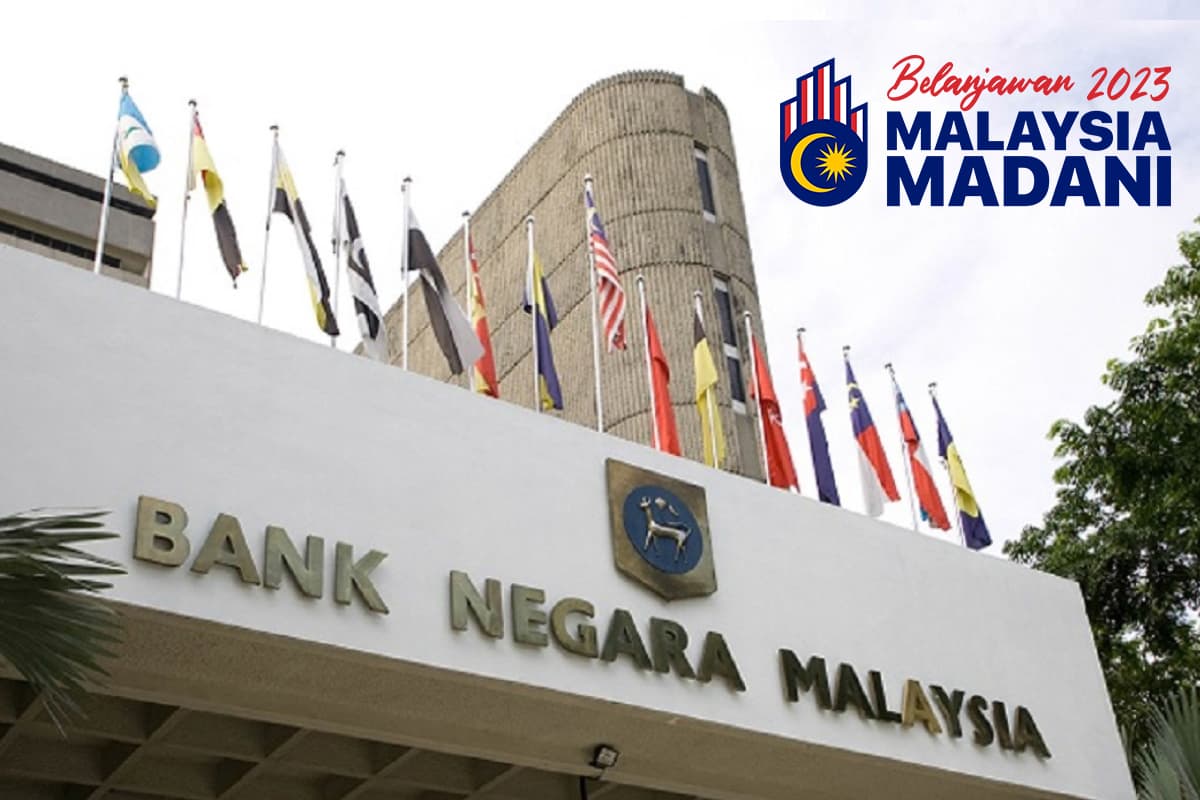
This article first appeared in The Edge Malaysia Weekly on February 27, 2023 - March 5, 2023
THE revised Budget 2023, tabled by Prime Minister and Finance Minister Datuk Seri Anwar Ibrahim last Friday, is widely seen as one friendly to small and medium enterprises (SMEs), the backbone of the local economy that makes up over 95% of business establishments in the country and employs about 70% of its labour force.
Notably Anwar retained the proposed tax cut for micro, small and medium enterprises (MSMEs) in the revised budget. The measure was first mooted by former finance minister Tengku Datuk Seri Zafrul Abdul Aziz in the original Budget 2023 tabled in October last year.
Under that budget, Zafrul proposed to reduce the income tax rate for MSMEs from 17% to 15% for the first RM100,000 taxable income, with effect from the year of assessment 2023. This was set to benefit 150,000 MSME taxpayers, with tax savings of up to RM2,000 each.
Anwar enhanced that by expanding the taxable income threshold to the first RM150,000 earned, from the initially proposed RM100,000. As a result, MSME taxpayers are expected to save up to RM3,000 each.
SMEs’ present tax rate for the first RM600,000 is 17%. Under the newly announced measure, the tax rate for SMEs for their first RM150,000 taxable income will be 15%, with the next RM450,000 at 17%; anything above RM600,000 will be taxed at 24%.
Baker Tilly Malaysia managing partner and Asia-Pacific leader for tax services Anand Chelliah says the proposed tax cut, coupled with the threshold expansion, will be welcomed by MSMEs, as the savings could help defray the increase in raw material and wage costs. It may even spur productivity for some.
But more could have been done, especially for SMEs still struggling to turn a profit amid heightened inflationary pressures and a challenging business environment, Chelliah says.
“It could have taken the opportunity to increase the third threshold from RM600,000 to, say, RM1 million and introduce another band of taxable income, say at 20%, before taxing the excess at 24%,” he suggests.
Apart from lowering taxes, thought could have gone to pragmatic measures to help SMEs defray a higher cost of raw materials, electricity tariffs and labour costs, as these are what SMEs are struggling with, he notes.
“As much as relief at the taxable income level is most welcome, the presumption is that they are in a position to pay tax on taxable income. This may not be the case in these difficult times,” he says.
Johor South SME Association adviser and founding president Teh Kee Sin described the proposed tax cut as “a good and friendly gesture” to SMEs. “But frankly, it may not help much. After all, the tax savings will only be up to RM3,000. If your company is not profitable, how do you even get tax savings?” he asks.
Still, the RM40 billion set aside for financing facilities is timely, says Teh, who hopes the money will reach SMEs as soon as possible. “We hope that government agencies can simplify the processes because SMEs really need that money urgently.”
YYC group CEO Datin Yap Shin Siang also concurs that the proposed tax cut for MSMEs is a good measure for private limited companies and limited liability partnerships. “This leaves more profit after tax that can be used for business growth, which will indirectly help economic growth,” she says.
And given that MSMEs will always need funds to grow their businesses, the RM40 billion allocation for funding and financing guarantees is also expected to benefit them. In addition, there is RM1.7 billion in loan facilities that will be allocated for businesses under Bank Negara Malaysia, Bank Simpanan Nasional (BSN) and TEKUN.
But execution, as always, is key, says Yap. “The application process may involve paying a visit to many government agencies. From the application to obtaining the funds, the duration may be lengthy and dragged out, not to mention the process may sometimes be very complex,” adds Yap.
Bear in mind that MSMEs do not have sufficient time and manpower to monitor and follow up on tedious application processes. This may result in supposedly good fiscal assistance measures falling short in terms of execution.
“The application process may vary for different governmental agencies. Whether or not an SME can benefit from the government’s goodwill depends on the smoothness and transparency of the application process for grants, loans and incentives,” she adds.
Save by subscribing to us for your print and/or digital copy.
P/S: The Edge is also available on Apple's AppStore and Androids' Google Play.
